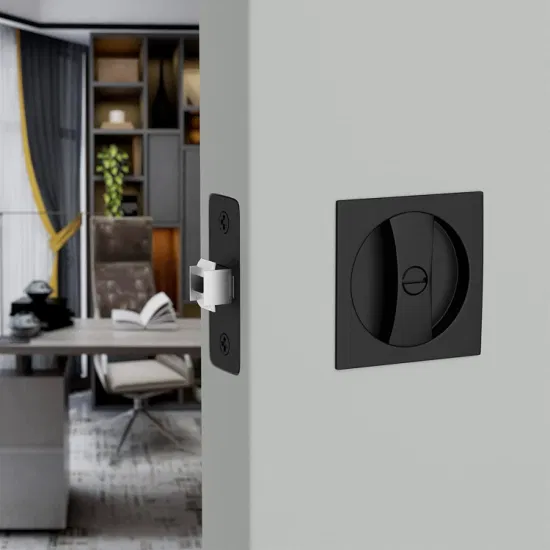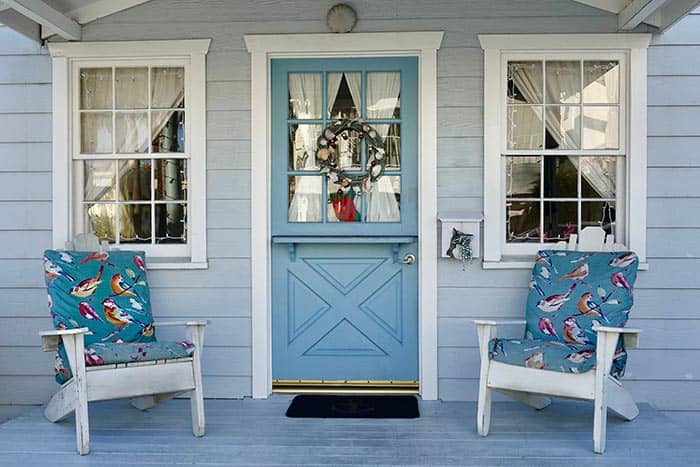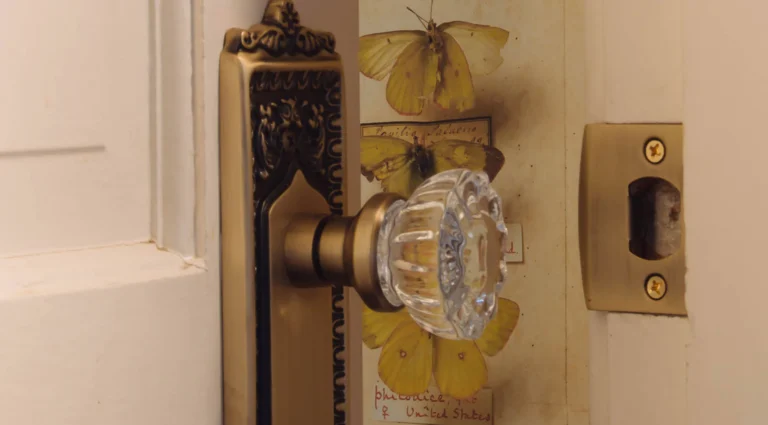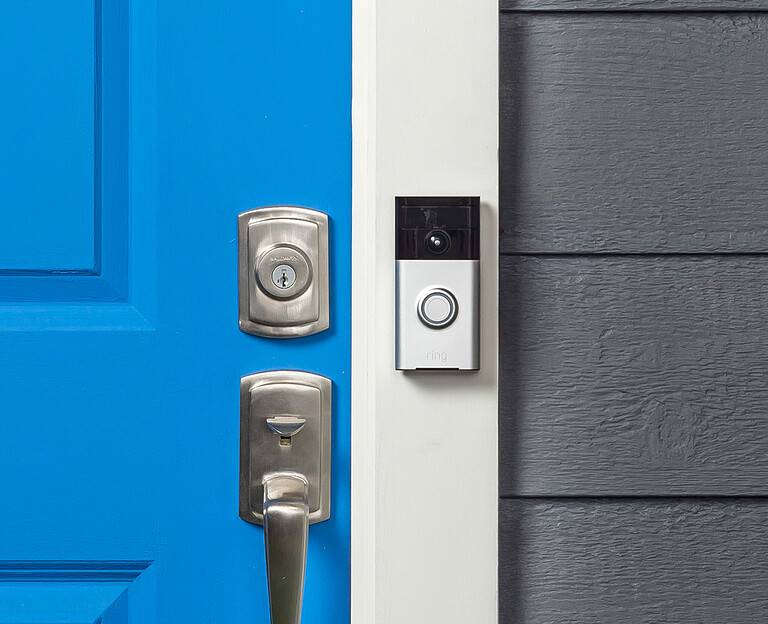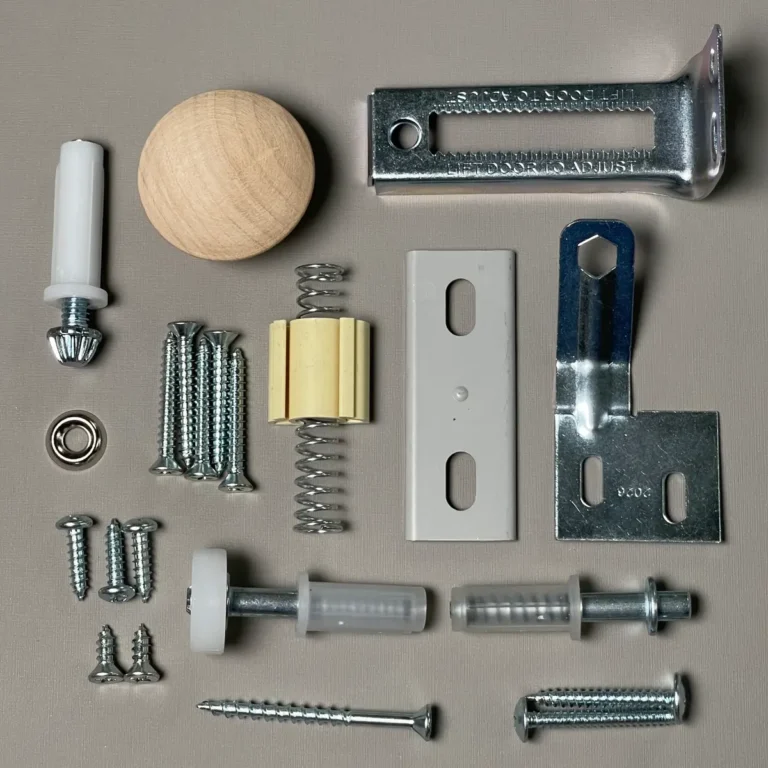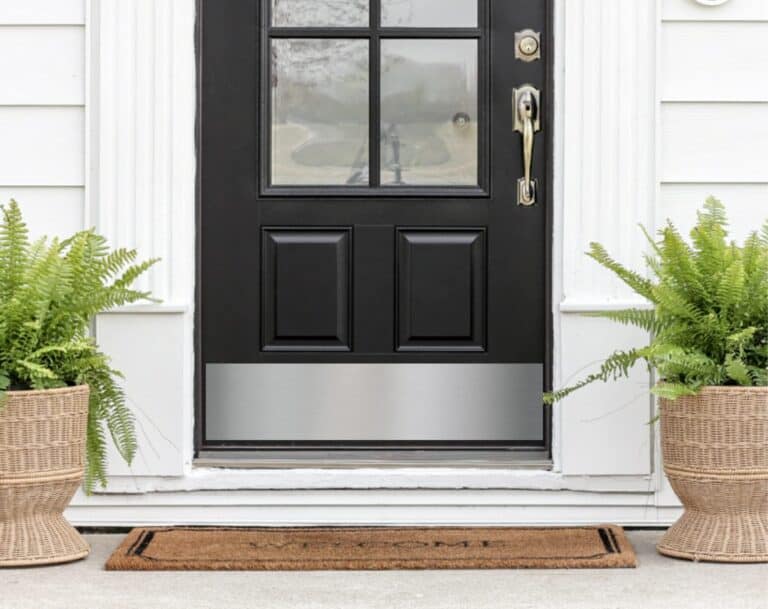Pocket Door Hardware
In the realm of interior design, the intricate mechanics and refined craftsmanship of pocket door hardware stand as silent sentinels, elevating the functionality and elegance of these sliding partitions. Often overlooked yet integral, pocket door hardware constitutes the unsung hero of seamless transitions and discreet entrances within architectural spaces. These meticulously designed components, encompassing an array of mechanisms and finishes, serve as the fulcrum upon which the effortless operation and graceful concealment of pocket doors pivot. In this discourse, we delve into the intricacies of pocket door hardware, unraveling its historical evolution, diverse types, and the pivotal role it plays in marrying form with function within contemporary design paradigms.
The evolution of pocket doors and pocket door hardware traces back centuries, mirroring the progression of architectural ingenuity and the refinement of craftsmanship. Originating in ancient civilizations, rudimentary forms of sliding mechanisms were employed to partition spaces, albeit with basic functionality. From the ornate brass fixtures adorning Victorian-era pocket doors to the sleek, minimalist designs of the present day, the trajectory of pocket door hardware showcases a convergence of functionality and aesthetic finesse. Moreover, the contemporary market offers a plethora of options, ranging from concealed tracks and roller systems to flush pulls and handles crafted with precision, catering to diverse design sensibilities while ensuring a seamless integration of form and utility.
As we embark on an exploration of pocket door hardware, we unveil the subtleties and innovations that underscore its pivotal role in shaping not just the physicality of doors, but the very essence of architectural design.
Table Of Contents:
- Understanding Different Types of Pocket Door Hardware
- Exploring Functions and Mount Types for Pocket Door Hardware
- Colors and Features in Pocket Door Hardware
- FAQs in Relation to Pocket Door Hardware
- Conclusion
Understanding Different Types of Pocket Door Hardware
The door industry offers a vast array of pocket door hardware, each designed to perform unique functions and blend seamlessly into different decor styles. From the simple elegance of jamb bolts to the sleek modernism of recessed pulls, let’s delve deeper into this intriguing world.
Jamb Bolts

Jamb bolts for pocket doors are specialized hardware designed to secure pocket doors in place within the door frame (jamb). Pocket doors are sliding doors that disappear into a wall cavity when opened, saving space compared to traditional hinged doors. Jamb bolts play a crucial role in stabilizing and securing these doors.
The jamb bolt typically consists of a bolt mechanism that is installed into the door’s edge and extends into the door frame when engaged. When the pocket door is closed, the jamb bolt is activated by turning a knob or lever, causing the bolt to extend or retract. This action effectively locks the door in place within the frame, preventing it from moving or rattling.
These bolts are essential for maintaining the stability and proper function of pocket doors, ensuring they remain securely closed and aligned within the wall cavity. They provide added security and help prevent the door from being forced open or becoming misaligned over time.
Installing jamb bolts during the construction or renovation of a pocket door is recommended to ensure the door operates smoothly and securely. It’s crucial to follow manufacturer instructions and guidelines for proper installation and usage to guarantee the effectiveness of these bolts in securing the pocket door.
Edge Pulls

Edge pulls for pocket doors are hardware accessories used to assist in the opening and closing of pocket doors, which are sliding doors that disappear into a wall cavity when opened. These pulls are installed on the edge or surface of the door, allowing for easier handling and operation of the pocket door.
Typically, an edge pull is a small, discreet handle or finger grip that is recessed into the edge of the door. When the pocket door is fully retracted into the wall, the edge pull remains flush or nearly flush with the door’s surface, maintaining a streamlined appearance and preventing obstruction.
The primary purpose of an edge pull is to provide a convenient grip or handle for pulling the pocket door out from its cavity when it needs to be closed or opened. It allows for a more comfortable and secure grip, making it easier to slide the door along its track without the need to reach into the wall cavity to grasp the door.
Installing an edge pull is a practical addition when using pocket doors, as it enhances the functionality and usability of the door while maintaining a clean and unobtrusive appearance when the door is not in use. Proper installation of the edge pull ensures smooth operation and ease of access to the pocket door.
Pocket Door Sets

Standard pocket door sets typically include the essential components necessary for installing and operating pocket doors. These sets commonly consist of the track, rollers, and framing specifically designed for pocket door applications.
- Track: The track is a crucial part of the pocket door system. It’s usually a metal or aluminum rail that is installed horizontally above the door frame or within the wall cavity. This track serves as a guide for the door, allowing it to slide smoothly in and out of the wall pocket. The length of the track corresponds to the width of the door and the wall opening.
- Rollers or Trolleys: Rollers or trolleys are attached to the top edge of the pocket door. These components glide along the track, enabling the door to move back and forth smoothly within the wall cavity. The rollers are designed to support the weight of the door and ensure proper alignment and stability during operation.
- Framing Components: Pocket door sets include framing elements such as jamb kits or hardware designed to be installed within the wall cavity. These frames provide structural support and guidance for the door. The framing components ensure that the door operates correctly within the pocket, preventing it from swinging or wobbling while maintaining alignment.
These components work together to facilitate the smooth movement and proper functionality of a pocket door. They are specifically engineered to fit within the wall cavity and allow the door to slide seamlessly, maximizing space efficiency and providing a clean, unobtrusive appearance when the door is open.
It’s crucial to ensure that the track, rollers, and framing components provided in a standard pocket door set are appropriate for the door’s size, weight, and the specific dimensions of the wall pocket. Proper installation of these components is essential for the door to operate smoothly and reliably within the wall cavity. Following the manufacturer’s instructions and guidelines during installation is recommended to ensure optimal performance and longevity of the pocket door system.
Recessed Door Pulls

Recessed door pulls for pocket doors are specialized hardware designed to provide a discreet and functional means of opening and closing pocket doors. These pulls are installed flush or nearly flush with the surface of the door, allowing for a clean and unobtrusive appearance when the door is closed within the wall cavity.
Key features and aspects of recessed door pulls for pocket doors include:
- Flush Installation: Recessed door pulls are designed to be installed within a cavity or cutout in the door’s surface, creating a flush or minimal protrusion from the door’s face. This design ensures that the pull handle does not obstruct the door’s movement or catch on anything when the door slides into the wall pocket.
- Variety of Styles: These door pulls come in various styles, shapes, and sizes, allowing for customization based on aesthetic preferences and functional requirements. They can range from simple, discreet finger grips to more elaborate designs that complement the door’s overall look.
- Ease of Use: Despite being flush with the door’s surface, recessed door pulls are ergonomically designed to provide a comfortable and secure grip for easily pulling the pocket door in and out of the wall cavity. They enable convenient operation without compromising the door’s appearance.
- Materials and Finishes: Recessed door pulls are available in different materials such as stainless steel, brass, aluminum, or plastic, and they come in various finishes to match different interior designs and door finishes.
- Installation Considerations: Proper installation of recessed door pulls is crucial for their functionality and durability. It involves cutting a cavity or hole in the door to accommodate the pull, following specific instructions provided by the manufacturer to ensure a secure fit and smooth operation.
These door pulls offer a sleek and practical solution for accessing pocket doors without the need for protruding handles or hardware that might interfere with the door’s movement or detract from the overall aesthetics of the space. They blend seamlessly with the door’s surface while providing an easy and ergonomic grip for smooth operation of the pocket door.
When selecting recessed door pulls for pocket doors, it’s essential to consider factors such as door thickness, the size of the pull, and the installation process to ensure compatibility and functionality with the specific pocket door system being used.
Exploring Functions and Mount Types for Pocket Door Hardware
Pocket door hardware serves a variety of functions, from granting passage to ensuring privacy. When you consider passage sets, these are typically used on doors where locking is not required. These can be closet doors or pantry entrances in your home.
On the other hand, privacy pocket door locks are designed for spaces like bathrooms or bedrooms, providing the much-needed peace of mind with their secure lock function. And then there’s also an option for those looking to bolster security even more: the keyed entry set which requires a key to unlock from either side.
Beyond understanding their functions though, it’s equally crucial knowing about mount types as they play pivotal roles during installation. One common type is the mortise mount; this involves fitting hardware into a cavity carved into the edge of your door – offering high-levels of strength and durability.
A notch less invasive than its counterpart yet still popular is known as standard notch mounting. This process requires creating a ‘notch’ in your door where you install parts such as latches that hold up well over time thanks to this stable foundation.
Mortise kits
- Suitable for thicker solid wood pocket doors.
- The latch bolt operates by knobs/handles.
- This style adds classiness and charm.
Mortise mount type kits can be an excellent option for solid wood pocket doors, as they lend themselves well to the thickness of these types of doors. Plus, with latch bolts operated by knobs or handles instead of turning keys or thumb turns, this style adds a dash of classiness and charm.
Standard Notch Kits
- Easier installation process.
- Ideal for light-weight interior doors.
- Offers great value-for-money ratio.
Let’s talk about the standard notch mount type. It’s a common choice for many because of its reliable performance and versatility.
Finishes & Features in Pocket Door Hardware
Pocket door hardware is not just functional, but it also contributes significantly to the aesthetic appeal of your space. The color choice for pocket door hardware can complement or contrast with the overall design theme.
Consider black, a universal classic that adds a touch of elegance and sophistication. For a modern or pared-back aesthetic, black is an ideal selection. Alternatively, brass pocket door hardware brings warmth and richness, perfect for traditional or rustic interiors.
If you prefer cooler tones, go with nickel or chrome. They offer a sleek modern vibe while being versatile enough to fit any decor style. For those who love the vintage charm, bronze is another fantastic option.
A Deeper Look into Antimicrobial Finishes
The world has become more health-conscious than ever before because cleanliness matters now as much as aesthetics do. Made in USA pocket doors are introducing antimicrobial finishes which inhibits bacterial growth on surfaces—great news if hygiene is high on your priority list. This feature helps maintain clean handles reducing chances of germ transmission—a key consideration given current global health concerns.
Installation
Installing pocket doors and utilizing pocket door framing kits can significantly enhance both the functionality and aesthetics of interior spaces. The installation process begins with careful planning and preparation. Assessing the wall cavity and ensuring it’s free from obstacles or electrical components is crucial. Pocket door framing kits come in handy here, as they typically include the essential components required for a smooth installation. These kits often consist of tracks, rollers, framing hardware, and sometimes additional accessories like door pulls or locks. The framing kits simplify the process by providing pre-measured and compatible components that fit snugly into the wall cavity, making installation more straightforward and efficient.
Once the area is prepped, the framing kit components are installed within the wall, guiding the pocket door’s movement. Tracks are affixed above the door frame, while rollers or trolleys are mounted on the door itself. These components work together seamlessly to facilitate the door’s smooth sliding motion in and out of the wall pocket. Proper alignment and secure installation of these components from the framing kit are essential to ensure the door operates smoothly and remains stable within the wall cavity.
FAQs in Relation to Pocket Door Hardware
What hardware do I need to install a pocket door?
To put in a pocket door, you’ll need specific items like a pocket door frame kit, jamb bolt, edge pulls, and recessed handles.
What is the disadvantage of a pocket door?
The main hitch with pocket doors is that they can be tough to fix if problems crop up because everything’s hidden inside the wall.
How do you install pocket door hardware on a door?
You mount your chosen handle or pull by making precise measurements for placement. Then drill holes as needed and secure it with screws.
Why are pocket doors not more popular?
Pocket doors aren’t as widespread mainly due to installation complexity and potential maintenance issues down the line. Plus they lack certain design elements traditional doors offer.
Conclusion
Transforming your home with pocket door hardware is a journey, one filled with choices and opportunities. From understanding the various types of pocket door sets to their functions, every bit counts.
Picking materials like aluminum or brass adds personality while also ensuring durability. You’ve seen how installation can be tackled step-by-step, but remember that proper maintenance keeps your doors gliding smoothly for years.
You’ve discovered unique designs that match your style – from modern rectangular pieces to traditional ornate ones. And let’s not forget our dive into top brands offering quality options.
In the end, making smart buying decisions means considering factors like price range and shipping fees. Now you’re ready! Embrace this knowledge as you set out on your pocket door adventure!
